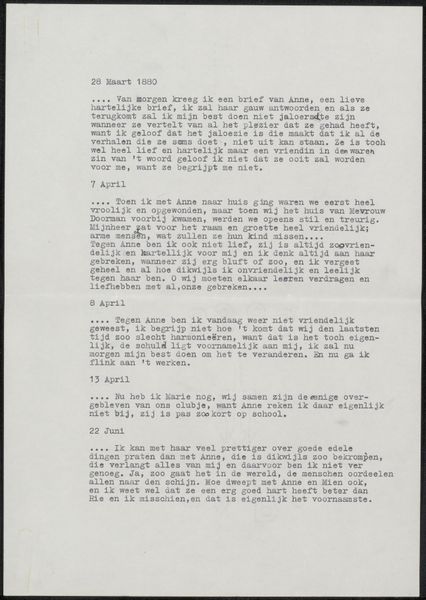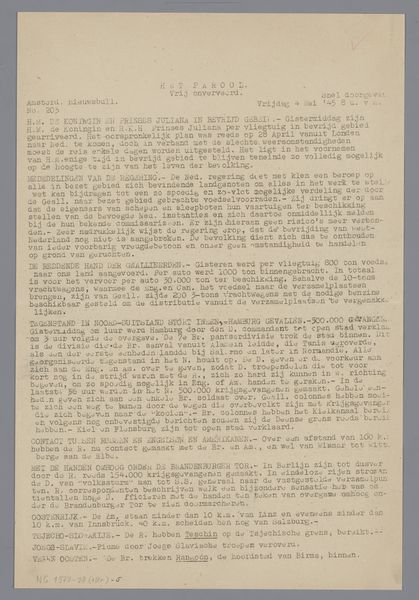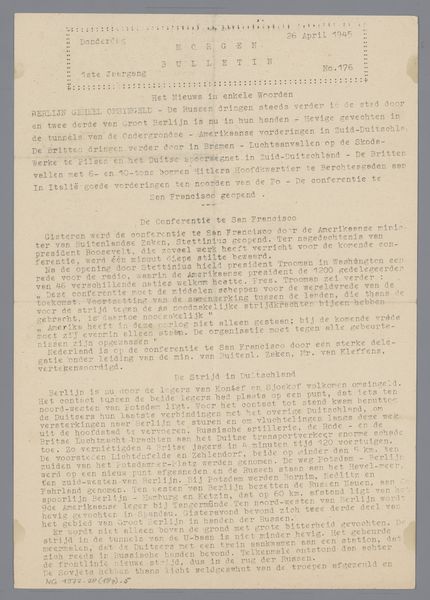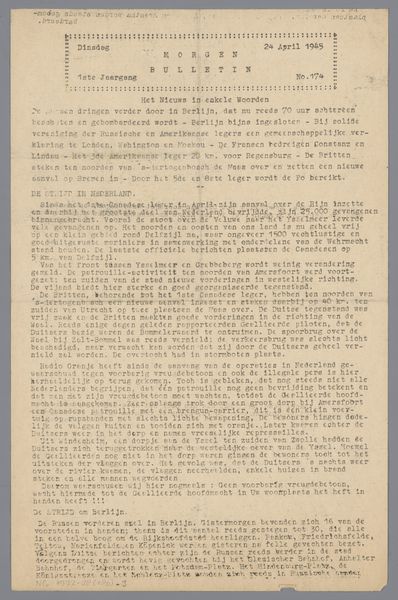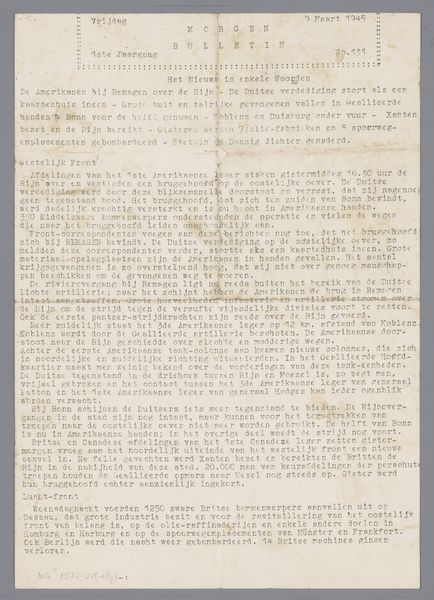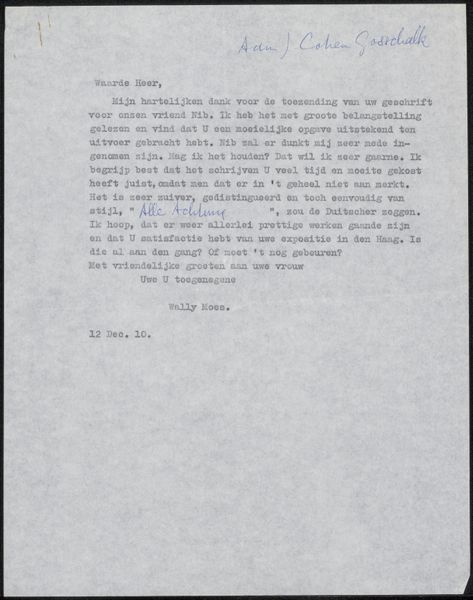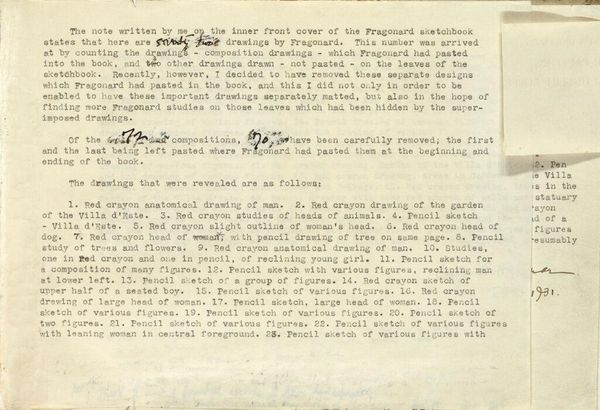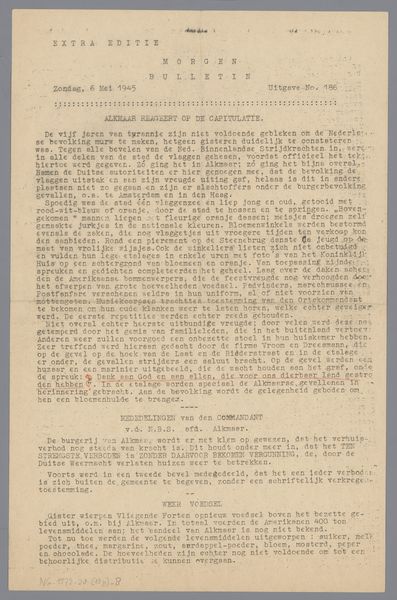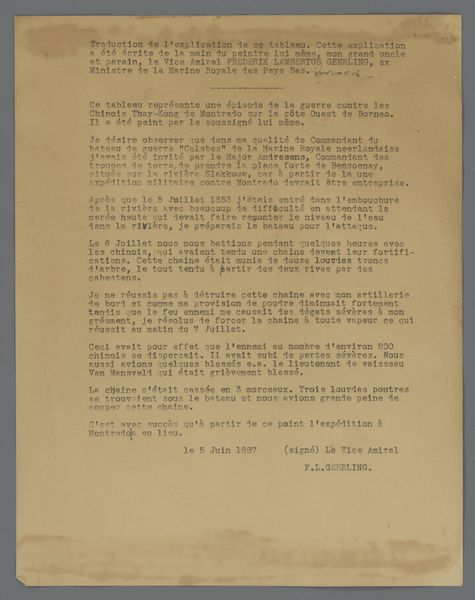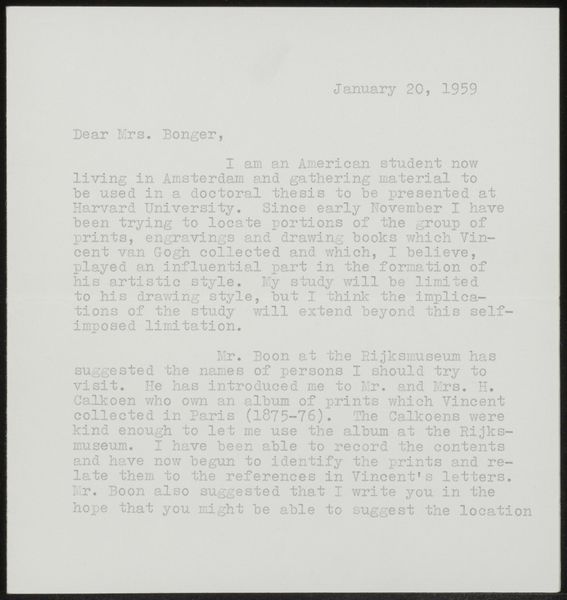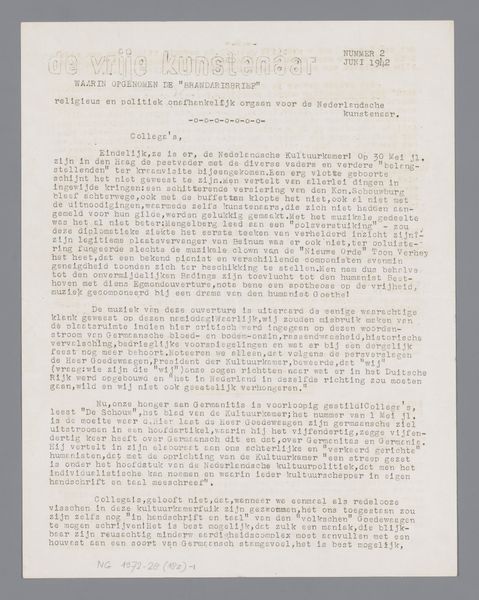
Brief aan Johan Henri Gustaaf Cohen Gosschalk en Johanna Bonger Possibly 1911 - 1916
0:00
0:00
drawing, paper, ink
#
drawing
#
paper
#
ink
Copyright: Rijks Museum: Open Domain
Editor: This work, "Brief aan Johan Henri Gustaaf Cohen Gosschalk en Johanna Bonger", likely from between 1911 and 1916, is an ink drawing on paper by Wally Moes. What immediately strikes me is the density of the text – it feels very personal and intimate, like catching a glimpse into a private world. What do you see when you look at this piece? Curator: Thank you. Approaching this work as a formalist, I am drawn to the visual arrangement of the text itself. The density creates a field, a texture across the surface of the paper. The evenness of the script, despite its handwritten nature, creates a unique, almost rhythmic pattern. Are you interested in how Moes carefully deployed the text to produce such visual effect? Editor: Absolutely. It is intriguing how a functional piece of writing transforms into something with visual merit. Curator: Precisely. Notice how the linear quality of the lines interacts with the subtle variations in the ink's darkness and the paper's texture. The very act of writing, the pressure of the pen on the paper, becomes a crucial element of the artwork. The letter embodies structure in the words as much as visual qualities and rhythm within its text arrangement, thereby transforming text into image and offering meaning and aesthetic value at the same time. It begs us to appreciate writing not only for meaning, but for structure and aesthetic rhythm. Editor: I hadn't considered the penmanship and material composition. It’s almost like the writing *is* the art, rather than simply being on the page. I never knew a letter can contain such visual language! Curator: Indeed, it challenges our preconceptions about what constitutes art. We've unpacked not only textual meaning, but how the structure of words can speak louder.
Comments
No comments
Be the first to comment and join the conversation on the ultimate creative platform.
